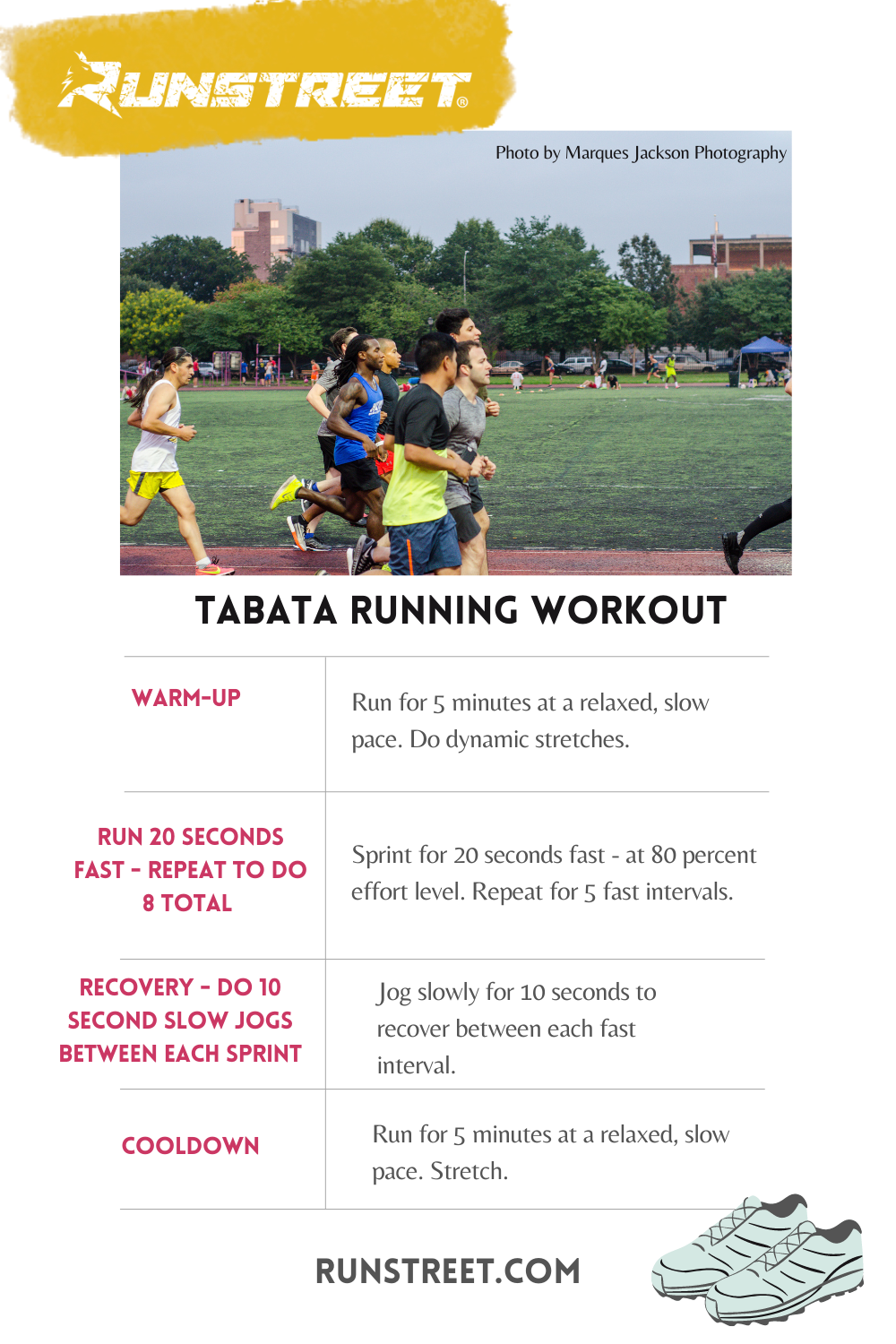Release Your Potential: Running Strategy Fundamentals for Peak Performance
Release Your Potential: Running Strategy Fundamentals for Peak Performance
Blog Article
The Ultimate Overview to Dealing With Pain When Running
Whether you are an experienced marathoner or just beginning your running trip, understanding the various kinds of pain that can arise and the methods to resolve them is essential. From pre-run warm-up regimens to proper shoes option, there are countless aspects to consider when it comes to dealing with discomfort while running.

Understanding Different Kinds of Running Pain
When running, it is important to compare different kinds of pain to stop injuries and maximize efficiency (Read More). One usual sort of discomfort that runners may experience is muscular tissue soreness, which commonly emerges from the stress placed on muscular tissues throughout exercise. This kind of pain is commonly a normal component of the running process and can be taken care of via appropriate warm-up, cool-down, and stretching routines
One more kind of pain to be mindful of is joint pain. Joint discomfort can suggest problems such as overuse, incorrect kind, or underlying conditions like arthritis. Ignoring joint discomfort can lead to more extreme injuries, so it is important to deal with any type of discomfort promptly and perhaps look for professional suggestions.
Additionally, sharp or stabbing pains must not be overlooked. These kinds of pain can indicate acute injuries such as strains, sprains, or tension fractures - running workout. Continuing to go through these kinds of pain can exacerbate the injury and extend recovery time

Pre-Run Workout and Extending Routine
To prepare the body for a running session, executing a reliable pre-run warm-up and extending regular is essential. A proper warm-up assists enhance blood circulation to the muscular tissues, boosts flexibility, and lowers the risk of injury during the run. By including a constant pre-run warm-up and extending routine right into your running routine, you can enhance performance and decrease the threat of pain or injury.
Appropriate Shoes Option and Fit
When selecting operating shoes, it is necessary to consider factors such as foot type, running gait, check over here arch assistance, cushioning, and footwear size. Checking out a specialized running store for a stride evaluation and professional installation can help guarantee that you select the right shoes for your individual demands. Spending in high-quality shoes that is ideal for your running design and foot makeup is a positive step in the direction of avoiding pain and injuries during your runs.
Nourishment and Hydration Tips for Pain Prevention

Hydration is equally important for runners to avoid cramps, dehydration, and other pains that can cause pain throughout running. It is advised to consume an adequate quantity of water throughout the day and particularly previously, during, and after running sessions. Electrolyte-rich beverages or sports drinks can likewise be beneficial for restoring shed minerals and preserving proper liquid equilibrium. running workout (Read More). By focusing on nourishment and hydration, joggers can enhance their efficiency, minimize pain, and appreciate an extra comfy running experience.
Post-Run Recovery Techniques to Alleviate Pain
Applying reliable healing strategies is important for reducing pain and promoting muscle mass healing after running sessions. One essential post-run recuperation method is stretching. Including fixed go for significant muscle mass groups can help in reducing muscle mass stress and discomfort. Foam rolling is another useful method to release muscular tissue rigidity and enhance blood flow to the muscular tissues, assisting in quicker healing. In addition, topping sore areas for 15-20 mins can help in reducing swelling and numb pain post-run.
Consuming a well balanced snack or meal that includes healthy protein and carbs within 30 mins of completing a run can aid repair muscle cells and replenish power shops. By incorporating these post-run recovery methods into your regimen, you can effectively manage pain and maximize your running performance.
Final Thought
Finally, attending to various types of running discomfort through appropriate warm-up, stretching, footwear selection, nutrition, hydration, and post-run healing methods is vital for discomfort prevention and monitoring. By recognizing the root causes of pain and applying these strategies, joggers can decrease discomfort and possible injuries. It is vital to prioritize general physical health and wellness and health to make sure an effective and pleasurable running experience.
Report this page